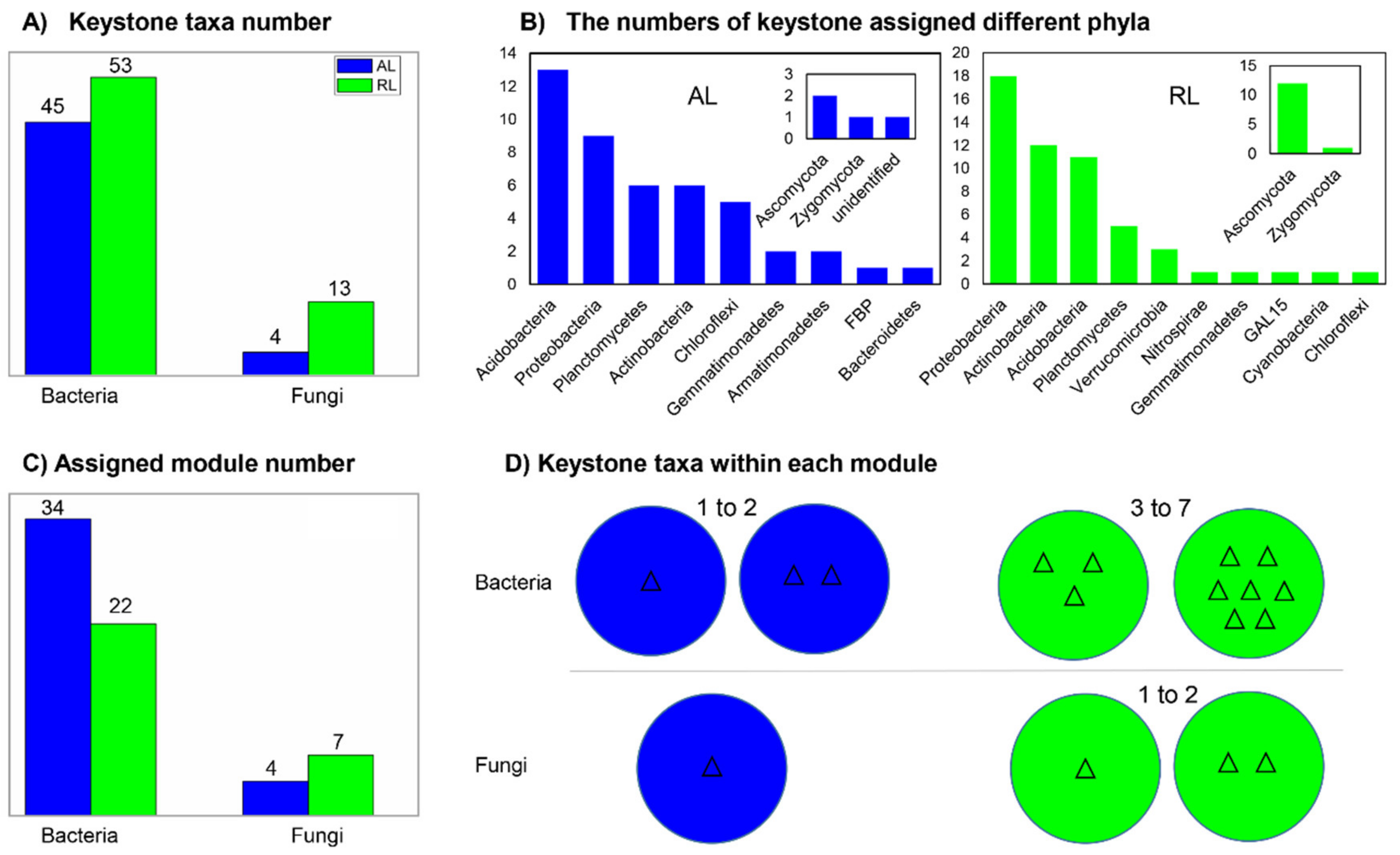

- Gx works 2 network range assinment install#
- Gx works 2 network range assinment code#
- Gx works 2 network range assinment download#
The notebook softmax.ipynb will walk you through implementing the Softmax classifier. Q3: Implement a Softmax classifier (20 points) The notebook svm.ipynb will walk you through implementing the SVM classifier. Q2: Training a Support Vector Machine (25 points) The notebook knn.ipynb will walk you through implementing the kNN classifier. Q1: k-Nearest Neighbor classifier (20 points) After you have the CIFAR-10 data, you should start the Jupyter server from theĪssignment1 directory by executing jupyter notebook in your terminal.Ĭomplete each notebook, then once you are done, go to the submission instructions. Run the following from the assignment1 directory:
Gx works 2 network range assinment download#
Next, you will need to download the CIFAR-10 dataset.
Gx works 2 network range assinment install#
Once you have the starter code, activate your environment (the one you installed in the Software Setup page) and run pip install -r requirements.txt.ĭownload CIFAR-10.
Gx works 2 network range assinment code#
Starter code containing jupyter notebooks can be downloaded here. Once you have completed all Colab notebooks except collect_submission.ipynb, proceed to the submission instructions. by executing the last code cell) so that you don’t lose your progress if you step away from the assignment and the Colab VM disconnects. Related to above, ensure you are periodically saving your notebook ( File -> Save), and any edited. The reason is that the code cells that get executed at the end of the notebooks save the modified files back to your drive and some notebooks may require code from previous notebook. Specifically, you should work on kNN first, then SVM, the Softmax, then Two-layer Net and finally on Image Features. Please make sure that you work on the Colab notebooks in the order of the questions (see below).
Repeat steps 3-5 for each remaining notebook. For your convenience, we also provide you with a code cell (the very last one) that automatically saves the modified files for that question back to your Drive. reached the end of the notebook), you can save your edited files back to your Drive and move on to the next question. Once you have completed the assignment question (i.e. The code cell will also automatically download the CIFAR-10 dataset for you. It will prompt you for an authorization code which you can obtainįrom a popup window. You can mount your Google Drive and access your uploadedįiles by executing the first cell in the notebook. In Google Drive, double click on the notebook and select the option to open with Colab. ipynb) corresponds to an assignment question. We recommend that you call the Google Drive folder cs231n/assignments/ so that the final uploaded folder has the path cs231n/assignments/assignment1/. Create a folder in your personal Google Drive and upload assignment1/ folder to the Drive folder. If you choose to work with Google Colab, please watch the workflow tutorial above or read the instructions below. Starter code containing Colab notebooks can be downloaded here. Option A: Google Colaboratory (Recommended)ĭownload. Regardless of the method chosen, ensure you have followed the setup instructions before proceeding. You can work on the assignment in one of two ways: remotely on Google Colaboratory or locally on your own machine. color histograms, Histogram of Gradient (HOG) features, etc. Get a basic understanding of performance improvements from using higher-level representations as opposed to raw pixels, e.g. Understand the differences and tradeoffs between these classifiers. Implement and apply a Two layer neural network classifier. Implement and apply a Softmax classifier. Implement and apply a Multiclass Support Vector Machine ( SVM) classifier. Implement and apply a k-Nearest Neighbor ( kNN) classifier.  Develop proficiency in writing efficient vectorized code with numpy.
Develop proficiency in writing efficient vectorized code with numpy.  Understand the train/val/test splits and the use of validation data for hyperparameter tuning. Understand the basic Image Classification pipeline and the data-driven approach (train/predict stages). The goals of this assignment are as follows: In this assignment you will practice putting together a simple image classification pipeline based on the k-Nearest Neighbor or the SVM/Softmax classifier. Q5: Higher Level Representations: Image Features (10 points). Q4: Two-Layer Neural Network (25 points). Q3: Implement a Softmax classifier (20 points). Q2: Training a Support Vector Machine (25 points). Q1: k-Nearest Neighbor classifier (20 points). Option A: Google Colaboratory (Recommended). This assignment is due on Wednesday, Apat 11:59pm PST.
Understand the train/val/test splits and the use of validation data for hyperparameter tuning. Understand the basic Image Classification pipeline and the data-driven approach (train/predict stages). The goals of this assignment are as follows: In this assignment you will practice putting together a simple image classification pipeline based on the k-Nearest Neighbor or the SVM/Softmax classifier. Q5: Higher Level Representations: Image Features (10 points). Q4: Two-Layer Neural Network (25 points). Q3: Implement a Softmax classifier (20 points). Q2: Training a Support Vector Machine (25 points). Q1: k-Nearest Neighbor classifier (20 points). Option A: Google Colaboratory (Recommended). This assignment is due on Wednesday, Apat 11:59pm PST.







 0 kommentar(er)
0 kommentar(er)
